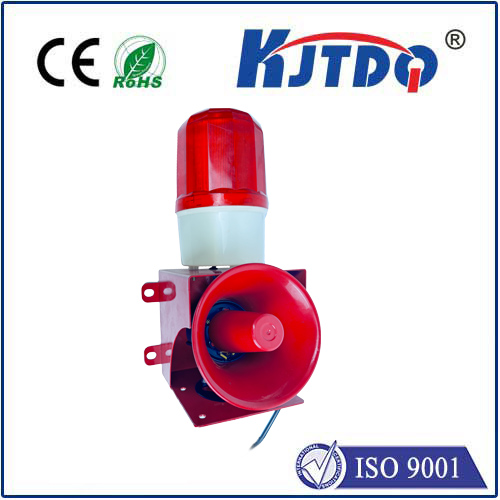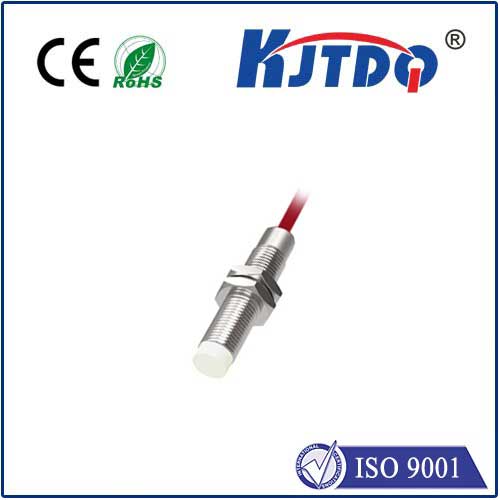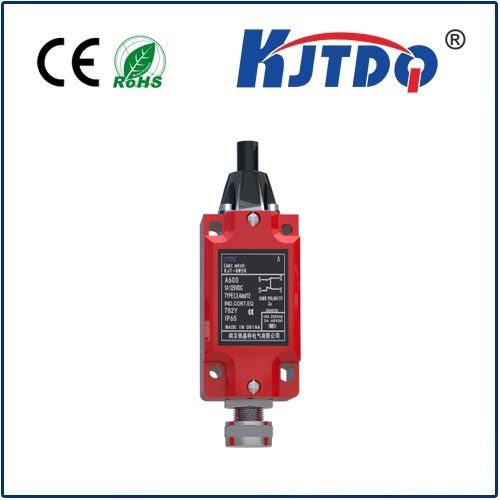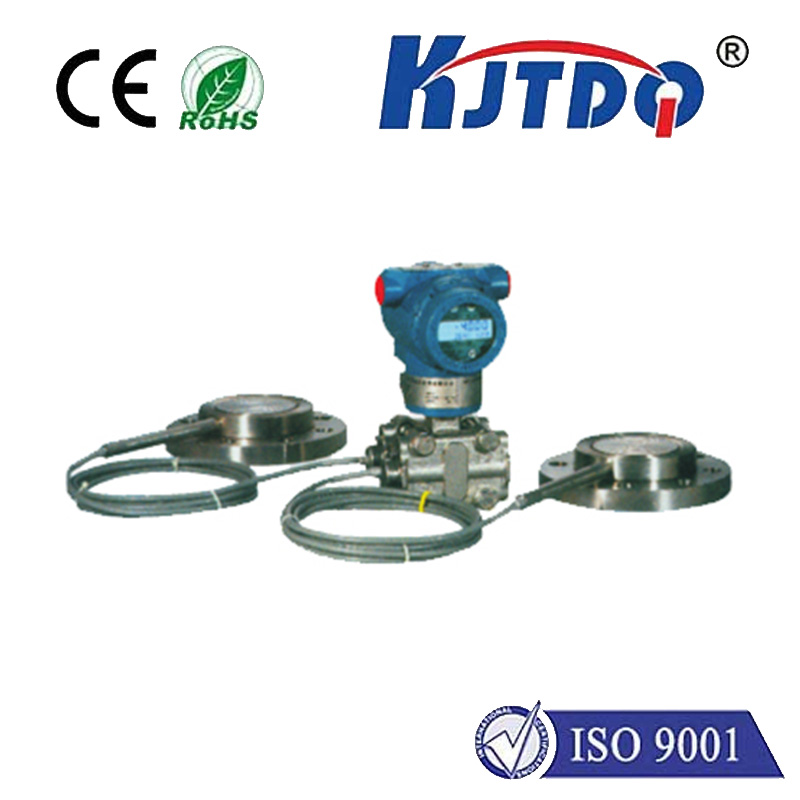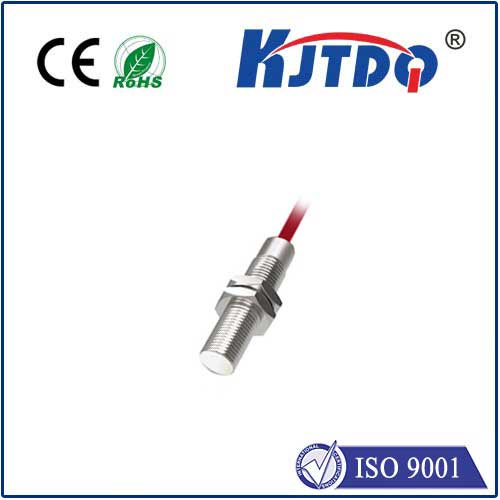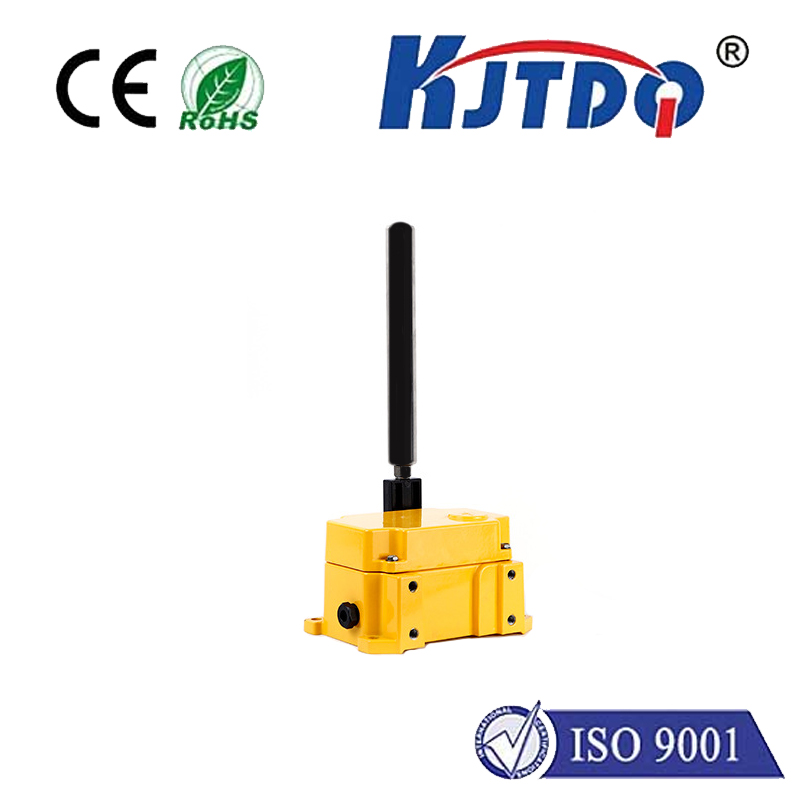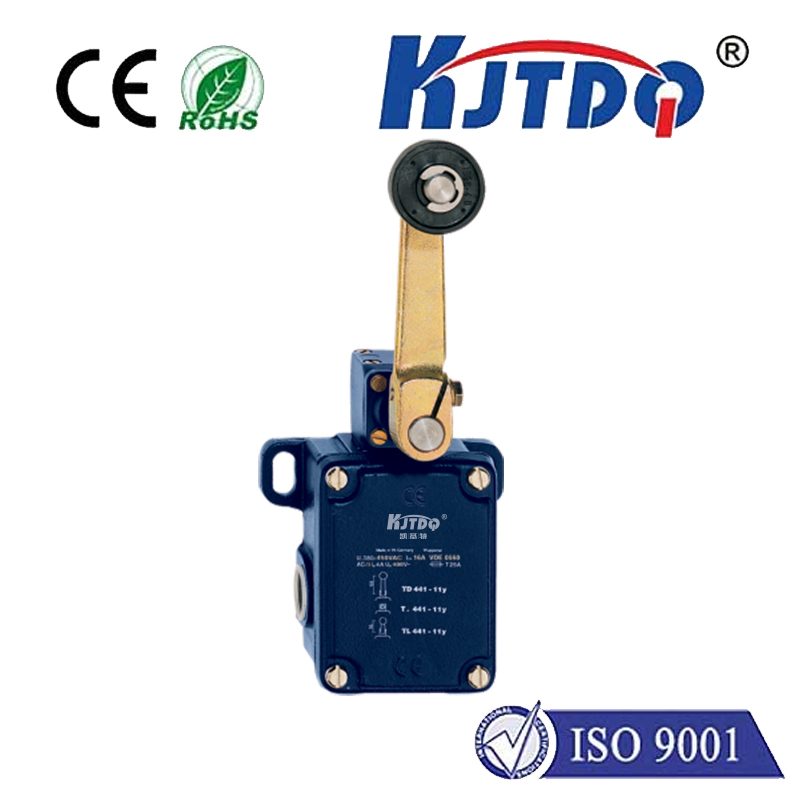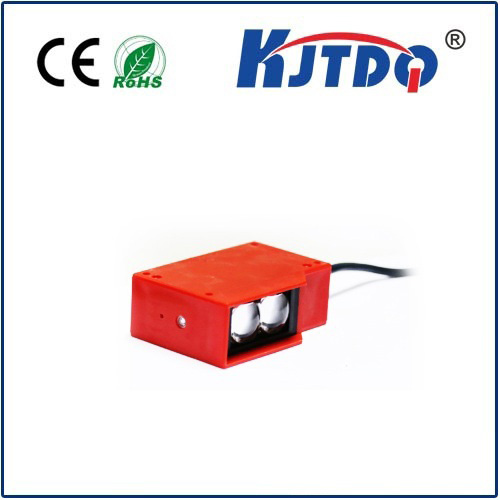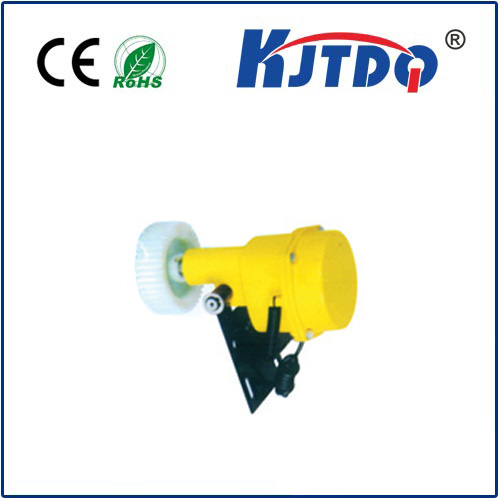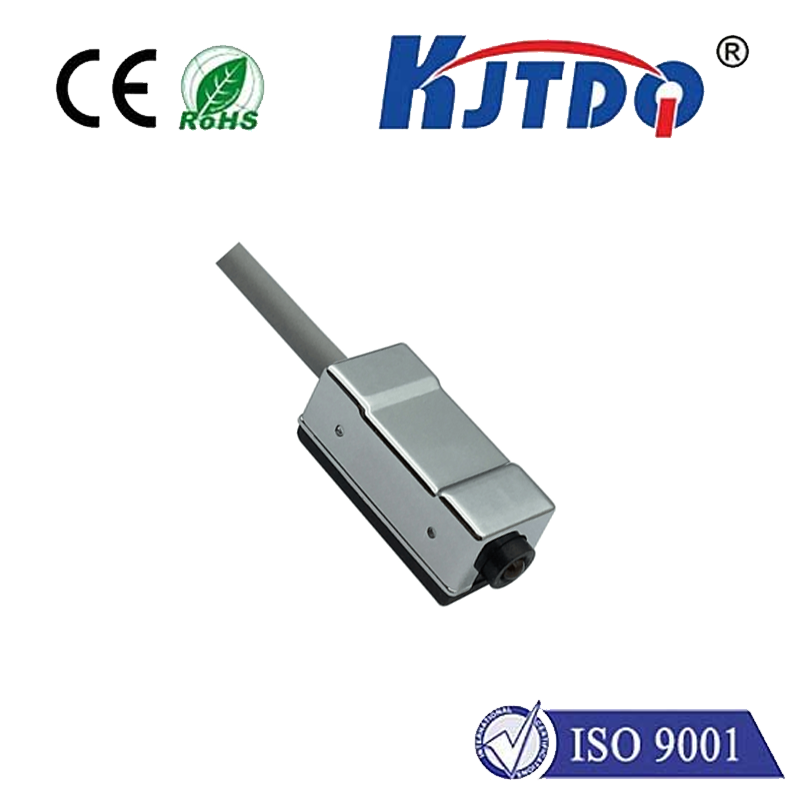
check

check

check

check
Title: Understanding Thermostat Limit Switches: A Guide for Homeowners
Introduction
The thermostat is an essential component of modern heating and cooling systems. It helps regulate the temperature inside your home by automatically adjusting the system's output based on the temperature outside. One critical aspect of the thermostat that ensures its accurate functioning is the limit switch. In this article, we will explore what a thermostat limit switch is, its role in the system, common problems associated with it, and how to troubleshoot them.
What is a Thermostat Limit Switch?
A thermostat limit switch is a mechanical device that detects the state of the system's control circuit. It works by interrupting the flow of electrical current when the temperature reaches a specific level or drops below a certain point. This signal is then transmitted to the central unit of the heating or cooling system, which can then take appropriate action.
Role of Thermostat Limit Switches in the System
The primary function of a thermostat limit switch is to prevent overheating or freezing of the home's interior. By monitoring the temperature, the system can adjust its output accordingly to maintain the desired setting. If the temperature rises above the set limit, the switch will open, cutting off power to the system. Similarly, if the temperature drops below the set limit, the switch will close, restarting the system.

Common Problems Associated with Thermostat Limit Switches
Despite their importance, thermostat limit switches can sometimes experience problems that can affect their functionality. Some common issues include:
1. Switch Failure: Over time, the switch may fail to open or close properly due to wear and tear or contamination from dust or debris.
2. Electrical Issues: Power fluctuations or electrical faults can cause the switch to malfunction.
3. Incorrect Installation: Improper installation or calibration of the switch can lead to improper operation.
4. Malfunctioning Sensor: The temperature sensor may not be working correctly, leading to inaccurate readings and incorrect adjustments.
Troubleshooting Common Problems with Thermostat Limit Switches
To troubleshoot common problems with thermostat limit switches, follow these steps:
1. Check for Proper Installation: Ensure that the limit switch is mounted securely and aligned correctly with the rest of the system components.
2. Inspect Power Supply: Check for any signs of power fluctuations or electrical faults by testing voltage levels at the switch and throughout the system.
3. Clean and Test Sensor: Remove any dirt or debris from the temperature sensor and ensure proper alignment before re-installation. Test the sensor's accuracy by comparing readings from multiple locations in the room.
4. Replace Malfunctioning Switch: If none of the above steps resolve the problem, it may be necessary to replace the faulty limit switch with a new one.
Conclusion
Understanding how a thermostat limit switch works is crucial for ensuring optimal performance and maintaining safe indoor temperatures. By addressing common problems associated with these switches and performing regular maintenance and troubleshooting, homeowners can keep their heating and cooling systems running smoothly and efficiently.
